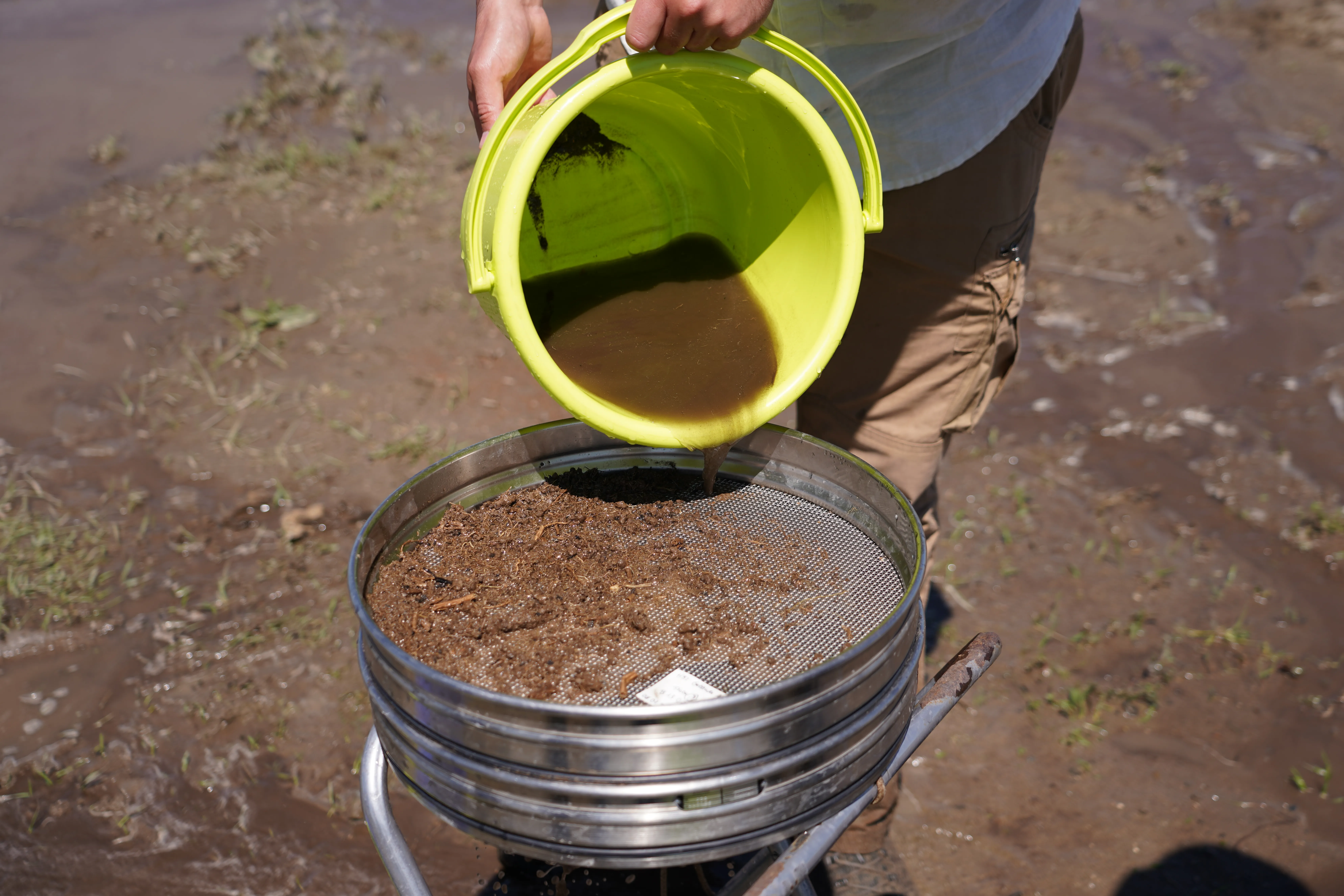
Archaeobotany
Archaeobotany can be used to investigate the vegetation and agricultural history of a site or region in more detail. For this purpose, soil samples are taken from relevant layers during the excavation and sieved using water in order to filter out plant remains.
Differentiating between Micro and Macro Residues
A distinction is made between macro residues such as seeds and fruits, wood residues or bast and micro residues such as pollen and spores. The organic remains are selected, identified and counted under a stereomicroscope. The identification is based on comparative collections, descriptions, photos and drawings in other publications. Pollen samples must sometimes be additionally chemically prepared. The results of the identification and quantitative recording provide information about which plants grew in the vicinity of the site, were cultivated or arrived there through trade. However, various factors have to be taken into account. For example, plant remains are preserved differently and produce very different quantities of seeds. Archaeobotany has contributed significantly to more precise research into climate history and also plays an important role in the study of human-environment relationships.
Samples are carefully sieved
